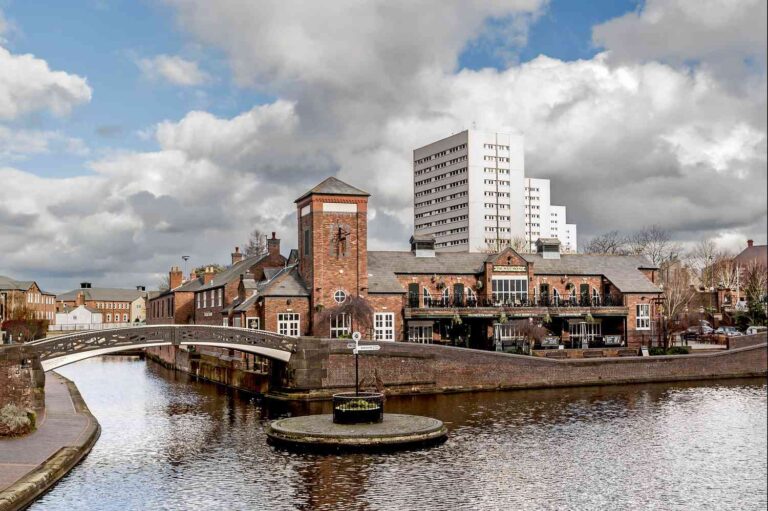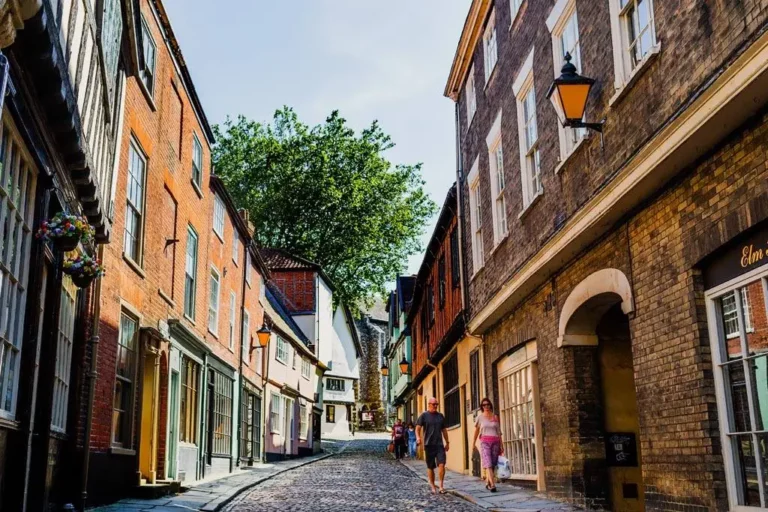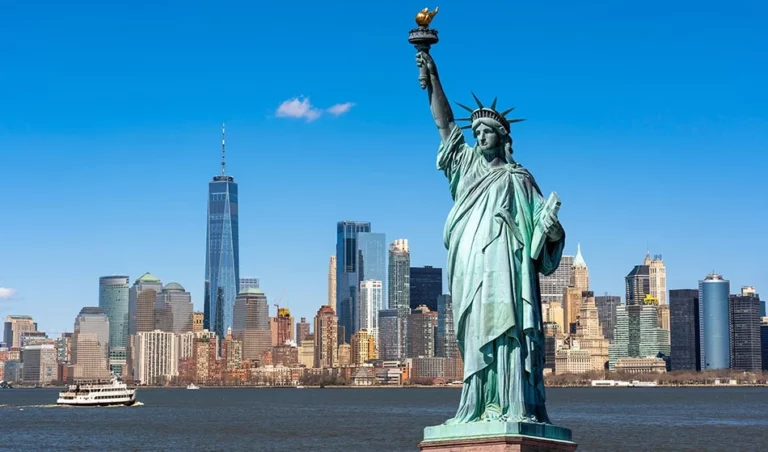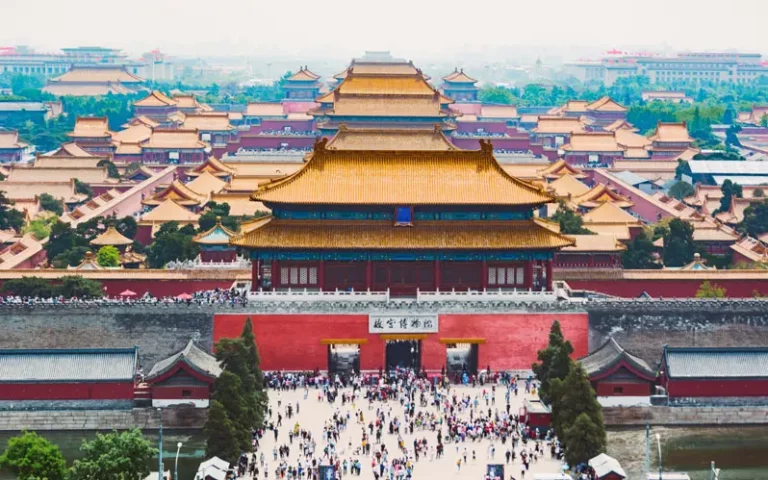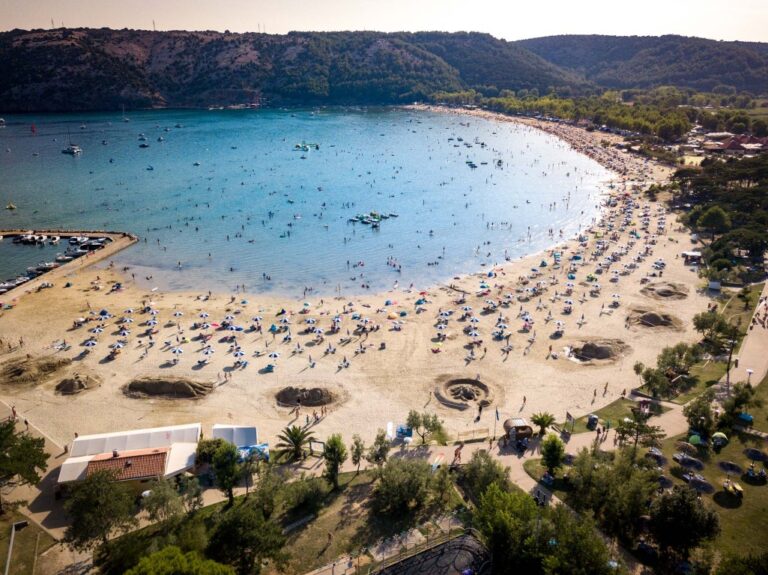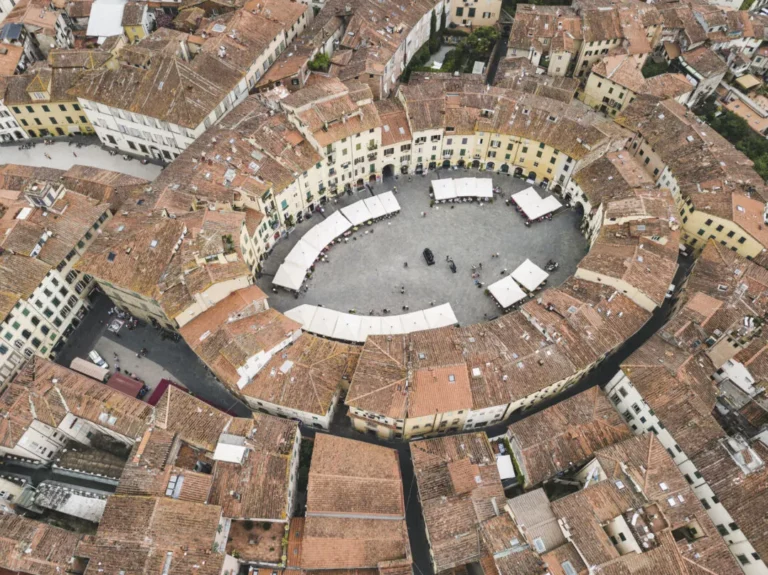Sofia, Bulgaria
Sofia, the capital city of Bulgaria, is a vibrant and historical destination that is often overlooked by tourists. However, this charming city has plenty to offer visitors, from stunning architecture to delicious cuisine, and much more. In this blog post, we’ll explore why Sofia is a destination worth visiting and what you can expect to experience when you arrive.
Firstly, let’s talk about the climate in Sofia. The best time to visit Sofia is during the summer months from June to August when the weather is warm and sunny. The average temperature during this time is around 75°F (24°C), with highs reaching up to 86°F (30°C). The winter months in Sofia can be quite cold, with temperatures dropping as low as 23°F (-5°C) in January. If you plan on visiting during the winter, be sure to pack warm clothing to stay comfortable.
Now let’s dive into the food scene in Sofia. Bulgarian cuisine is a delicious blend of Mediterranean and Eastern European influences, with plenty of fresh and flavorful dishes to try. One must-try dish is the famous Bulgarian yogurt, which is made from a unique strain of bacteria and has a thick and creamy texture. Another popular dish is banitsa, a savory pastry made with layers of phyllo dough and filled with cheese, spinach, or meat. When it comes to prices for food, you can expect to spend around $10-$20 USD per meal at a mid-range restaurant in Sofia.
When it comes to accommodations, Sofia has a range of hotels to choose from, including luxury options and budget-friendly choices. Some of the best hotels in the city include the Sense Hotel Sofia, which is located in the heart of the city and features sleek and modern rooms, and the Grand Hotel Sofia, which is a historic landmark with elegant rooms and a prime location near many of the city’s top attractions. Prices for hotels in Sofia can vary depending on the time of year and the level of luxury, but you can expect to spend around $100-$200 USD per night for a mid-range hotel.
Now let’s talk about the architecture in Sofia. The city has a rich history that is reflected in its diverse architecture, with styles ranging from Byzantine and Ottoman to Art Nouveau and modernist. One of the most iconic landmarks in Sofia is the Alexander Nevsky Cathedral, which is a stunning example of Neo-Byzantine architecture with intricate gold-plated domes and colorful frescoes inside. Other notable architectural sites include the National Palace of Culture, which is a modernist structure with sweeping curves and glass facades, and the Banya Bashi Mosque, which is one of the oldest mosques in Sofia and features a striking blend of Ottoman and Bulgarian architectural styles.
When it comes to cultural spots to visit, there is no shortage of options in Sofia. One of the most popular museums is the National Museum of History, which showcases Bulgaria’s rich history from ancient times to the present day. The Museum of Socialist Art is also worth a visit, as it offers a unique glimpse into the country’s communist past through a collection of statues, paintings, and other artifacts. For art enthusiasts, the National Gallery of Art is a must-see, with a collection of Bulgarian and international art from the 19th century to the present day.
If you’re looking to explore the great outdoors, Sofia has plenty of nearby attractions to choose from. Vitosha Mountain is just a short drive from the city center and offers hiking trails, skiing in the winter months, and stunning panoramic views of the city. Another popular day trip is to the Rila Monastery, which is a UNESCO World Heritage site and one of the most important religious centers in Bulgaria.
So how do you get to Sofia? The city is served by Sofia Airport, which has connections to major cities throughout Europe and beyond. If you’re traveling from North America, you may need to connect through a major European hub like Frankfurt or London. Once you arrive at Sofia Airport, you can take a taxi or public transportation to your hotel or other destination in the city. Sofia has an extensive public transportation system that includes buses, trams, and a metro line that connects the city center with outlying neighborhoods and suburbs.
In conclusion, Sofia is a fascinating and beautiful city that is well worth a visit. From its rich history and diverse architecture to its delicious cuisine and stunning natural attractions, there is something for everyone in this vibrant Bulgarian capital. Whether you’re looking to explore the city’s cultural highlights, sample its delicious food, or simply relax and take in the stunning views, Sofia is a destination that should not be missed. So why not start planning your trip today and experience all that this wonderful city has to offer?

